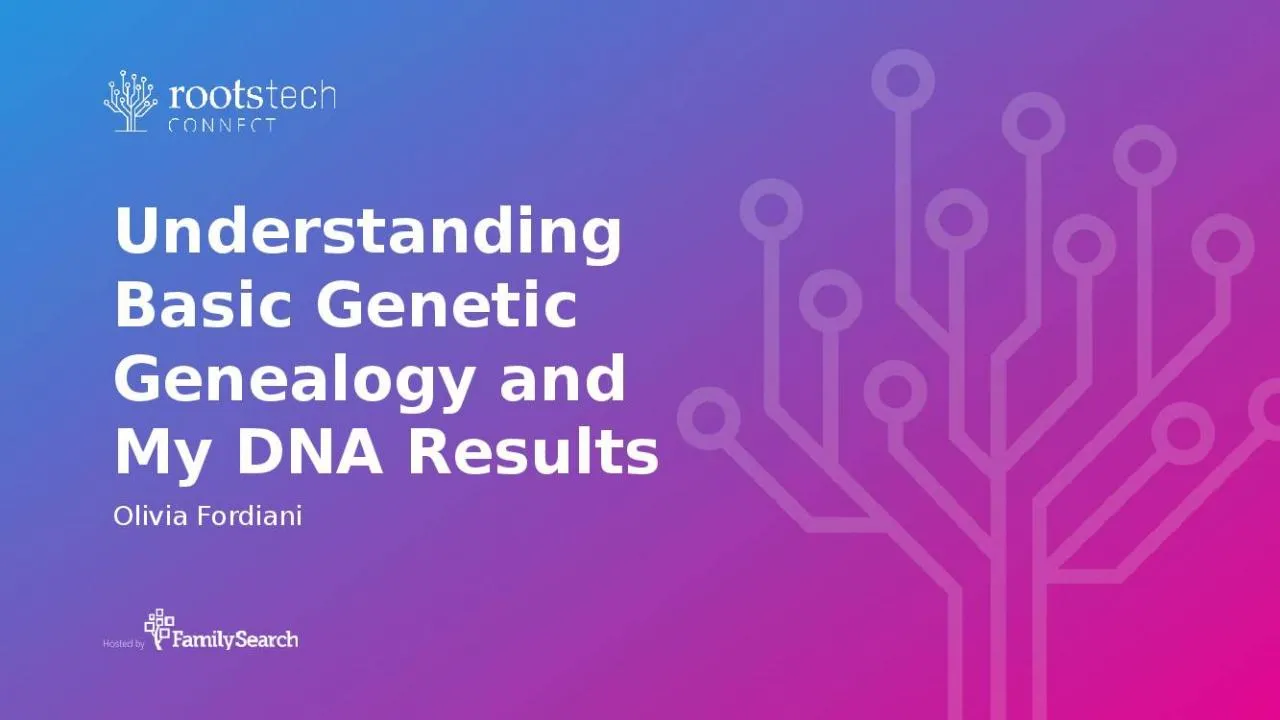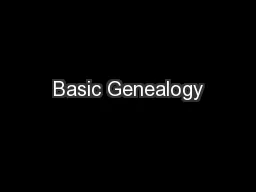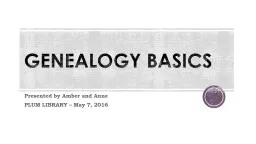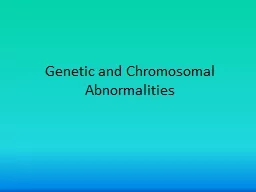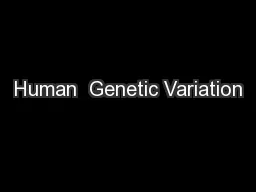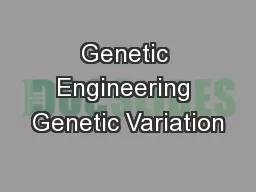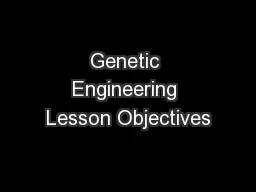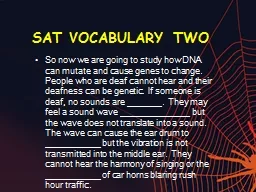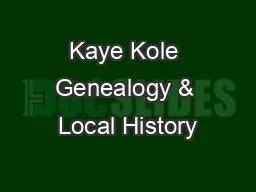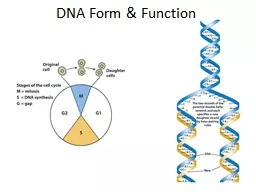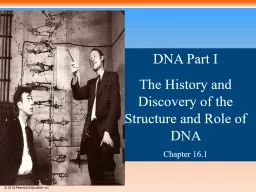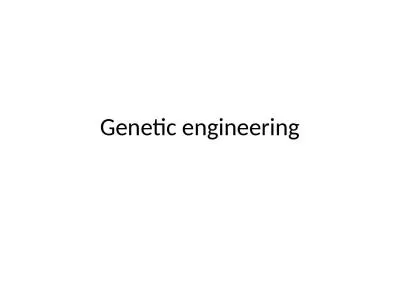PPT-Understanding Basic Genetic Genealogy and My DNA Results
Author : amey | Published Date : 2022-04-06
Olivia Fordiani The content of this video as well as the thoughts views and opinions expressed herein belong solely to the creator and do not necessarily reflect
Presentation Embed Code
Download Presentation
Download Presentation The PPT/PDF document "Understanding Basic Genetic Genealogy an..." is the property of its rightful owner. Permission is granted to download and print the materials on this website for personal, non-commercial use only, and to display it on your personal computer provided you do not modify the materials and that you retain all copyright notices contained in the materials. By downloading content from our website, you accept the terms of this agreement.
Understanding Basic Genetic Genealogy and My DNA Results: Transcript
Download Rules Of Document
"Understanding Basic Genetic Genealogy and My DNA Results"The content belongs to its owner. You may download and print it for personal use, without modification, and keep all copyright notices. By downloading, you agree to these terms.
Related Documents

